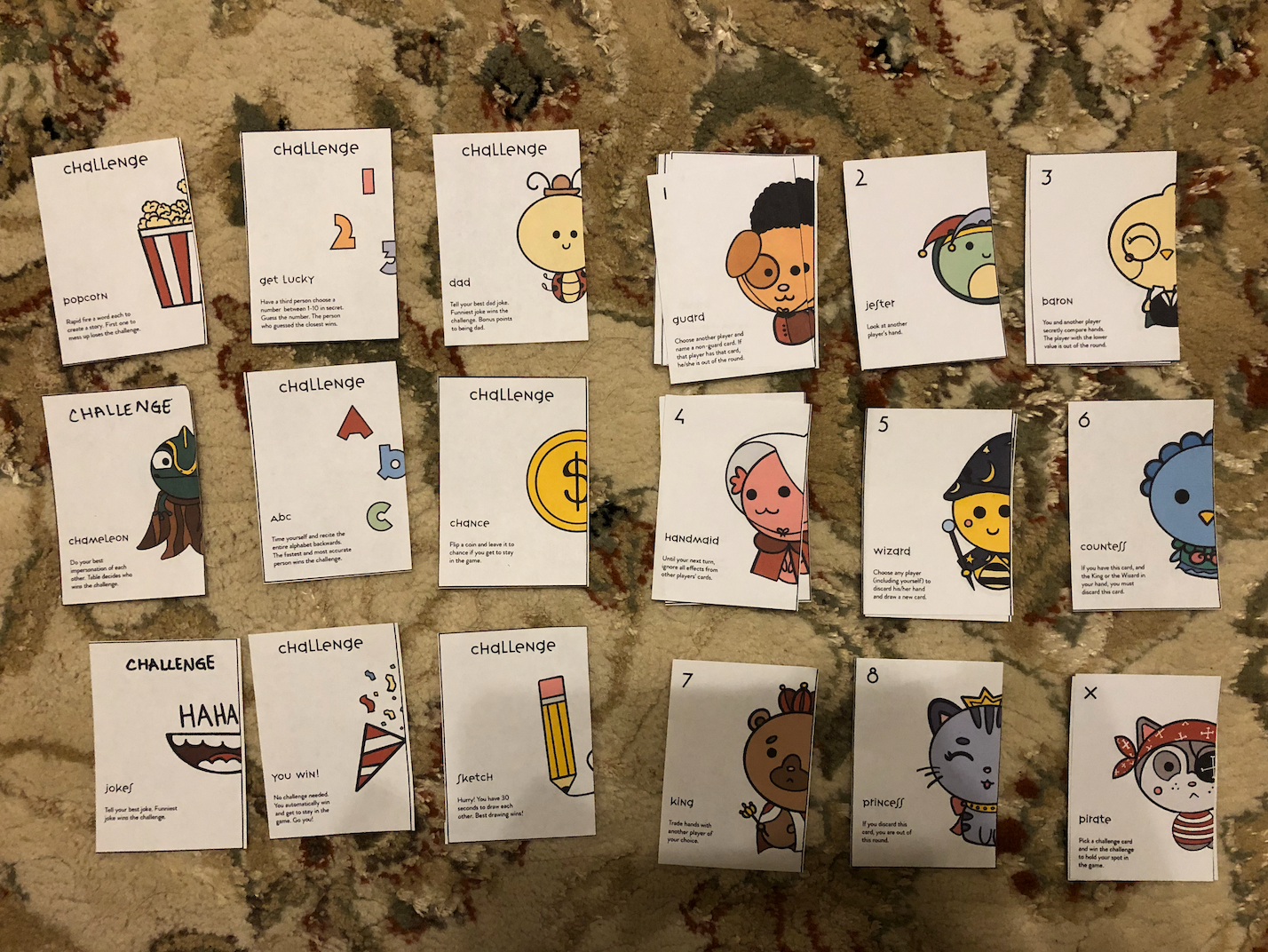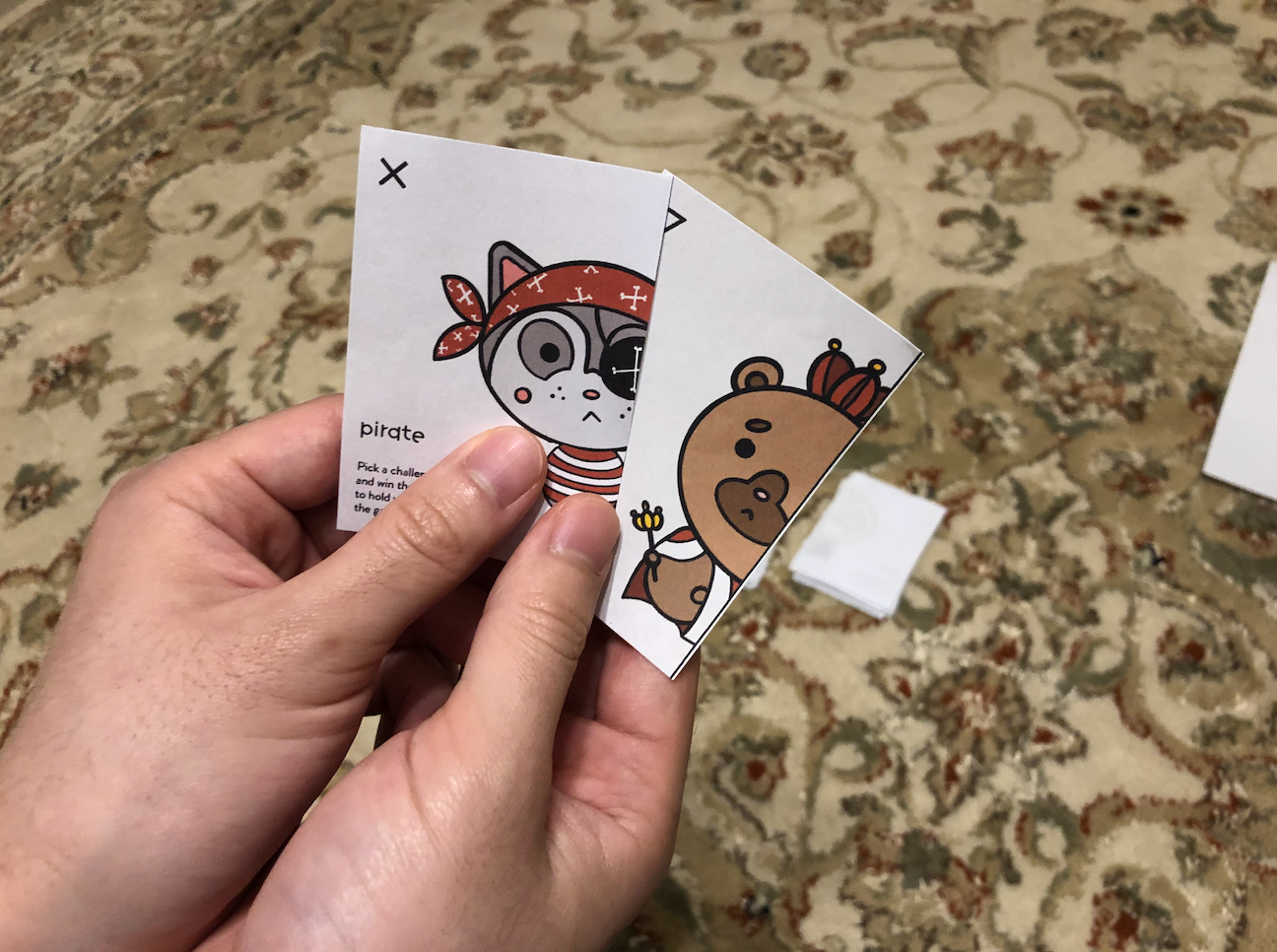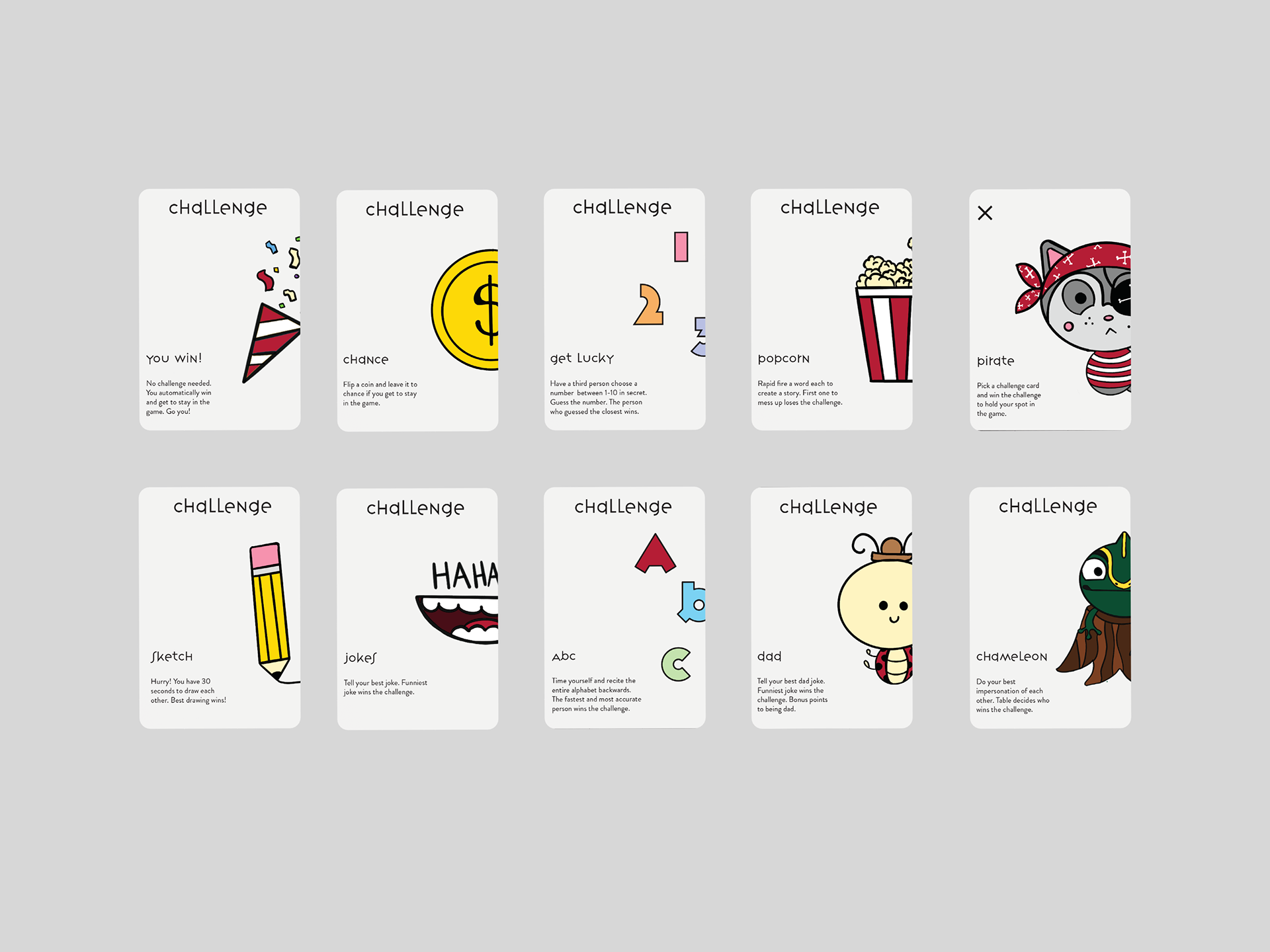A quick look at a semester-long research project focusing on the research question:
"How might we build community/relationship that engages multi-generational family members through gaming?"
"How might we build community/relationship that engages multi-generational family members through gaming?"
(Click here for a more detailed look at my research project!)
I've always been interested in games and technology. Being half-way across the world from my family, I realized that often times, families don't spend enough time with each other. And for most families, the amount of time they spend together is usually around the dinner table.
Hence, I wanted to pursue a topic focusing on bringing families together to spend some much needed quality time together.
- Secondary Research
During my literature review, I studied various articles and studies that were done before. I focused on looking at the motivations behind a person's will and want to play games. I found that gaming has been praised for the ability to boost relationships between generations and while gaming has a distinct culture, it welcomes anyone and everyone into its community. This helped generated my concept map:
- Primary Research
For my primary research, I conducted three different methods - interviews, focus groups and surveys. Each group of participants helped lead to the following key findings:
- Prototype
Due to the current situation of COVID-19, I was unable to meet up with participants to prototype the design solution in person. Instead, I created an instructional kit and sent it to various different groups. I had also sent out anonymous surveys to each group to get feedback regarding the prototype. I also had the opportunity to talk to a couple participants and get feedback.





The results from the prototyping phase helped lead to the final design outcome.
- Final Outcome
Cupid is a card game that incorporates augmented reality (AR).
Cupid is a quick, light-hearted game that’s meant for 2-4 players, but it also has challenge cards that facilitate conversations at the table. While Cupid is a relatively fast-paced game, it aims to bring families together for some quality time while breaking away from the technologies that absorb us constantly.
Each of Cupid’s 27 different cards represents a character at the royal residence as you try to get your love letter to the Princess to win her hand. During this game, you hold one secret card in your hand — this is who currently carries your love letter for the Princess. The goal: make sure that the person closest to the Princess holds your love letter at the end of the day so it reaches her first!
If you think that Cupid is just a quick-paced number comparing card game, you might be mistaken at the sight of challenge cards. These challenge cards allow you to challenge another player for a spot in the game, as the loser is automatically kicked out of the round. The hope for these challenge cards is to open up conversations around the table, allowing for family members to share their stories and experiences.
AR is not required to play this game, but it acts as a guide to help players set up and understand the roles of each card. Players can scan each card’s face to see its play and effect. Scan the setup card to clearly see how to setup the game. These short informational videos are meant to be fun and light-hearted just like Cupid is, allowing for those that are unfamiliar with the game to quickly pick it up and for younger audiences to introduce a new technology to older audiences.
